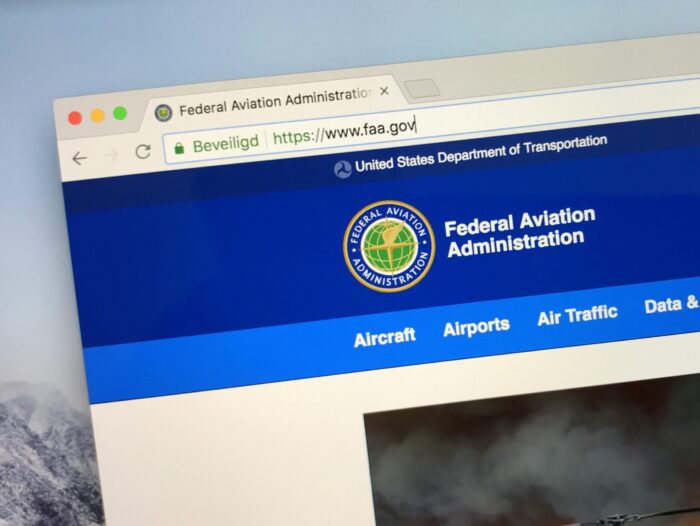
FAA Flight Physical – What You Need to Know Before you Fly

I recently joined a new flying club and attended the new member orientation along with several eager soon-to-be student pilots. At the first opportunity for questions, one of them asked a vague question. It indicated that he knew pilots need to meet some kind of medical standard. Moreover also revealed that he didn’t know the first thing about FAA flight physicals or FAA Aviation Medical Examiners (AME). The discussion that followed showed he wasn’t alone.
In an effort to move the meeting along, the presenter just told the group that their instructors would teach them everything. As a result, the presenter went on to the next slide about different club policies. For example, how to avoid prop strikes and how the EPA used to let you through fuel samples on the ground, but not anymore.
Who needs a flight physical?
Confusion about FAA physicals is common and understandable. For instance, an internet search will probably list the FAA’s MedXPress website near the top. Next will be a list of individual AMEs and maybe a few websites related to certification issues. Terms like sport pilot, Basic Med, senior AME, and MedXPress abound. With the promise of convenience for seasoned pilots, the array of medical certification standards may confuse the uninitiated.
Here it is with all the CFR references and nuance filtered out: all student pilots must have a flight physical by a designated FAA AME.
The process is simple
- Start your application at https://medxpress.faa.gov/. If you have questions about whether or not you qualify for a certificate or wonder what questions you need to answer, you can always use our MedXPress simulator to preview the application.
- Schedule an appointment with an AME. The FAA also maintains a list of AMEs, but some of the listings are out of date and it can be difficult to search. Pilotdoctors.com makes it easy to search for an AME based on your location and includes reviews to help you make the best decision.
- Go to your flight physical. In most cases, your AME can issue your medical certificate on the day of your exam. There are some common pitfalls that can delay your certification, but for the vast majority of pilots, it really is that easy.
As a new student pilot, that is all you need to know to get your first FAA medical certificate. Assuming that you are healthy and have never had an arrest related to drug or alcohol use, the process should flow very smoothly. Depending on where you live, you might have to travel for your exam or wait for an appointment if the ones in your are extremely busy. If you need your medical certificate to start or continue your flight training, you should start looking for an AME early.
More options down the road
After your first exam, you can consider maintaining your medical certification with Basic Med and those who are pursuing a sport pilot license are exempt from the flight physical requirement as long as they have a valid driver’s license. We discuss those considerations in more detail elsewhere.
If you think you may need FAA medical certification help based on your health conditions or have other questions about the process, contact us to find out more.
FAA Medical Certificate – How Long Does it Take to Get an FAA Medical Certificate?
Also, see FAA Flight Physicals – With Basic Med, Why Bother?